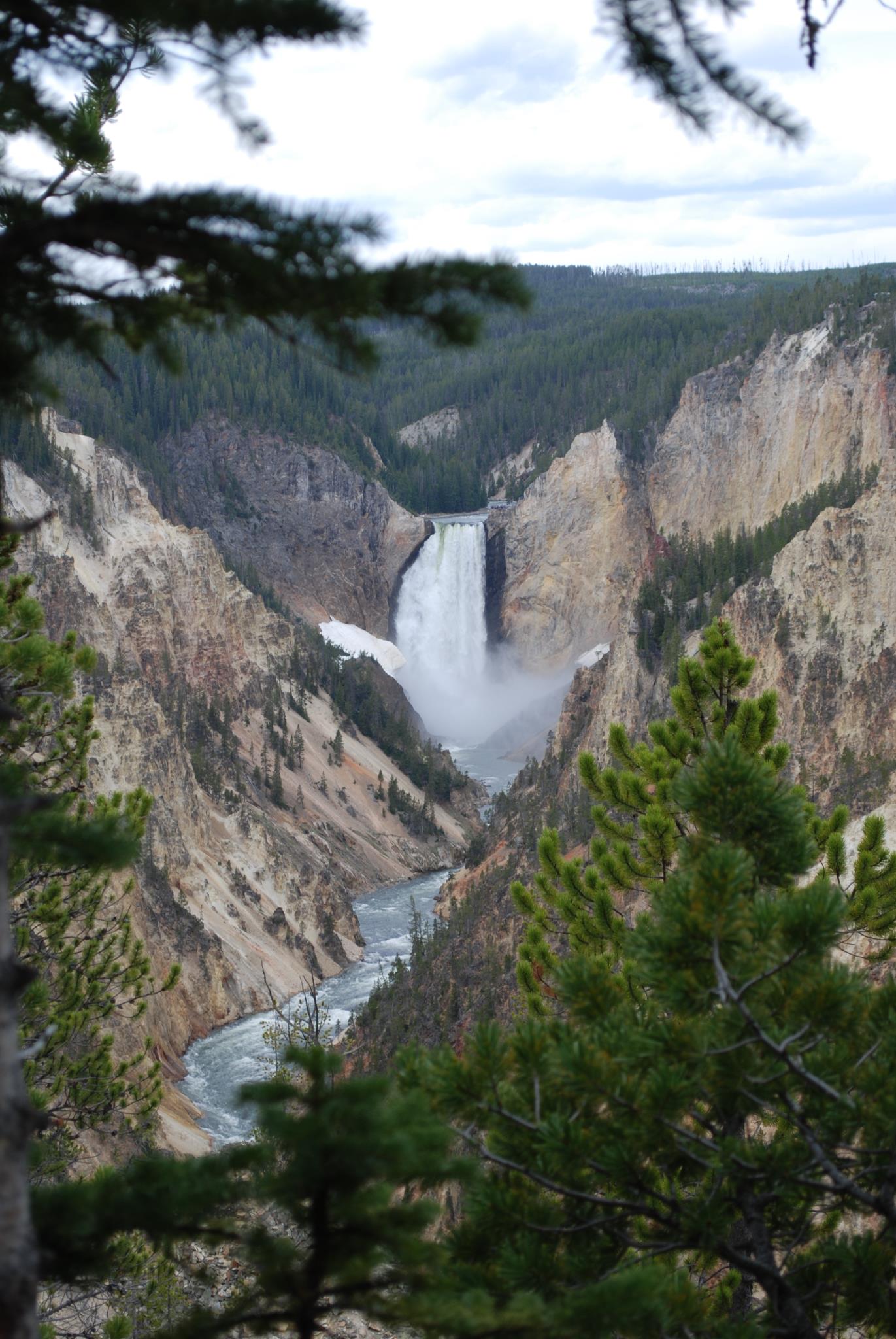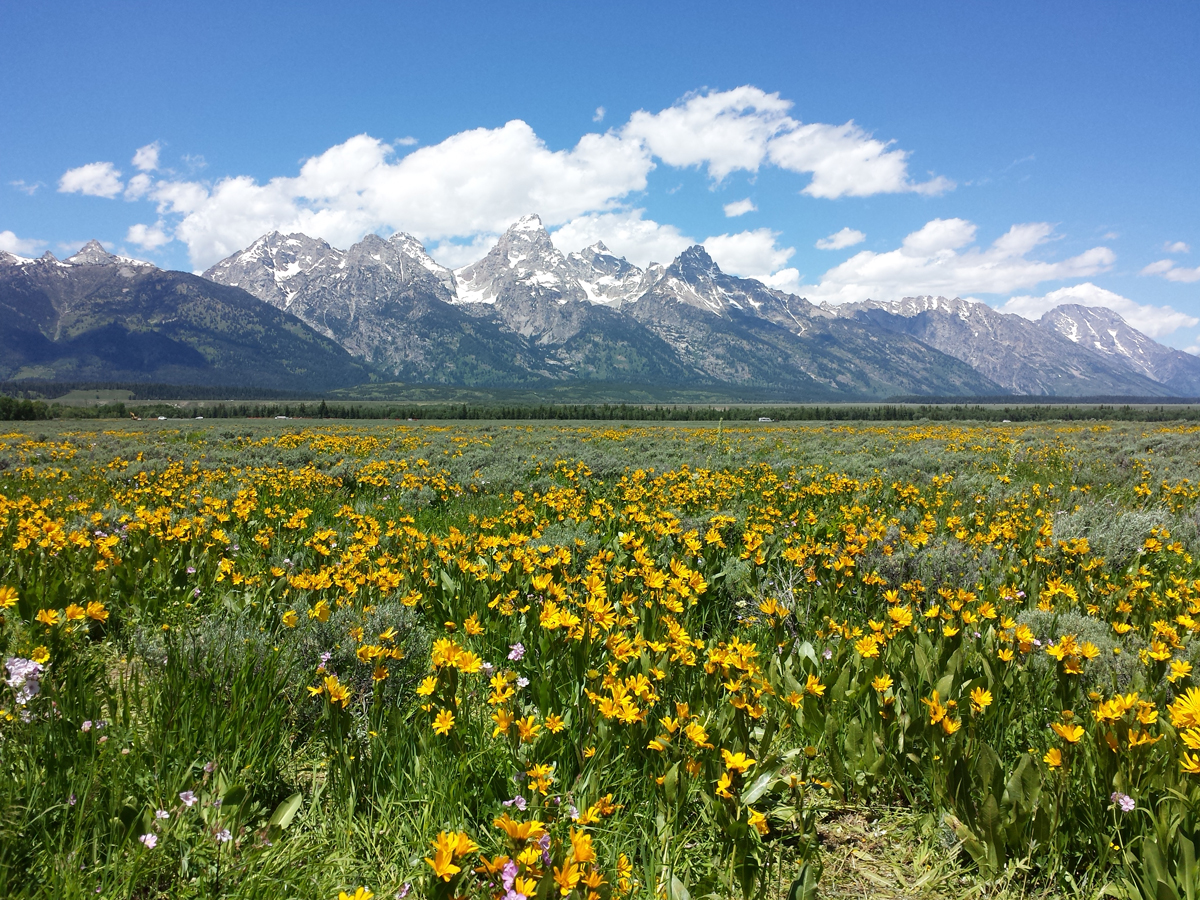
Expanding our view of Presidents Day and bringing it closer to home, Grand Teton and Yellowstone National Parks would not be what they are today without four key Presidents and their vision of preserving these special places for future generations.
President Ulysses S. Grant established Yellowstone National Park, the country’s first national park, on March 1, 1872. While American Indians, trappers and several explorers had ventured into the Yellowstone wilderness and knew its beauty, it was Ferdinand Hayden (geologist), William Jackson (photographer) and Thomas Moran (painter) who made a visual record of their expedition. This caught the attention of the U.S. Congress which moved to set aside 1,221,773 acres in what would be Wyoming, Montana and Idaho. Many congressmen supported the bill because they felt the rugged and isolated region was a little economic value.
The Yellowstone Act of 1872 set a precedent for preserving sections of land for public parks. Congress proceeded to designate dozens of other national parks and the idea spread to other nations around the world.
Grand Teton National Park took more than 50 years to be established and has a much more divisive process than Yellowstone. President Glover Cleveland first created the Teton Forest Reserve in the last 19th century. By 1902 the Reserve was combined with the Yellowstone Forest Reserve, but then was split off in 1908 by President Theodore Roosevelt, establishing the Teton National Forest which protected the Teton Range. Finally in 1929, President Calvin Coolidge signed the executive order establishing Grand Teton National Park, encompassing 96,000 acres. first created the Teton Forest Reserve in the last 19th century. By 1902 the Reserve was combined with the Yellowstone Forest Reserve, but then was split off in 1908 by President Theodore Roosevelt, establishing the Teton National Forest which protected the Teton Range. Finally in 1929, President Calvin Coolidge signed the executive order establishing Grand Teton National Park, encompassing 96,000 acres.
Another significant section of land owned by John D Rockefeller, Jr. called the Snake River Land Company, would eventually be added to the Park but with much dissent. Rockefeller had been buying land in Jackson Hole to be later turned over to the National Park Service. When the local residents discovered his true intentions, there was strong objection and disapproval.
Rockefeller contacted Secretary of Interior Harold Ickes and told him he was planning to sell the land. Ickes then recommended to President Franklin Roosevelt that a National Monument be created under the Antiquities Act. In 1943 the Jackson Hole Monument was established. Members of Congress repeatedly attempted to have the new National Monument abolished because of the controversy.
After World War II public sentiment changed, even though there was still significant disagreement and the monument was combined with the Park in 1950.
This week as we celebrate President’s Day, please think beyond Washington and Lincoln and remember Ulysses S. Grant, Theodore Roosevelt, Calvin Coolidge and Frank D. Roosevelt for their belief in preserving our beautiful backyard we call Grand Teton and Yellowstone National Parks.
|